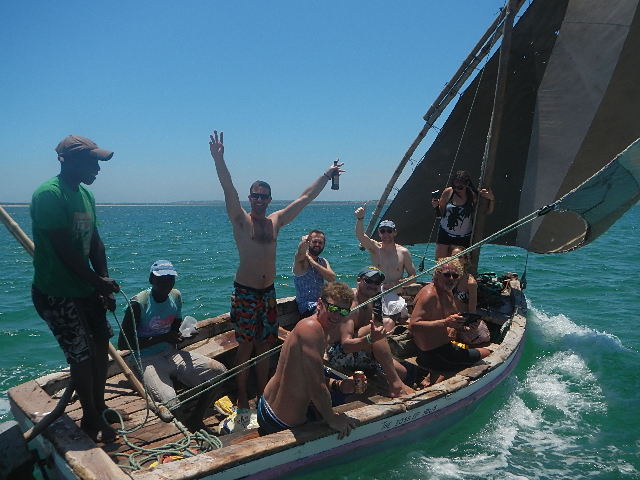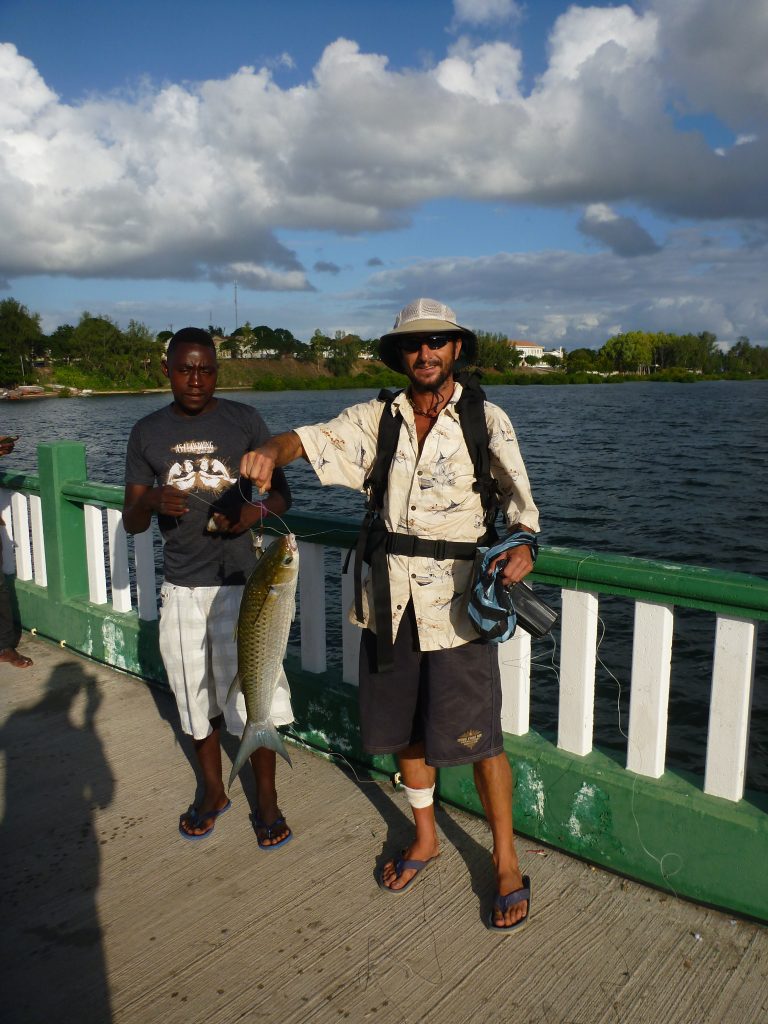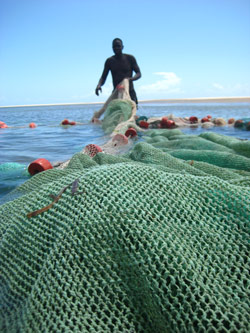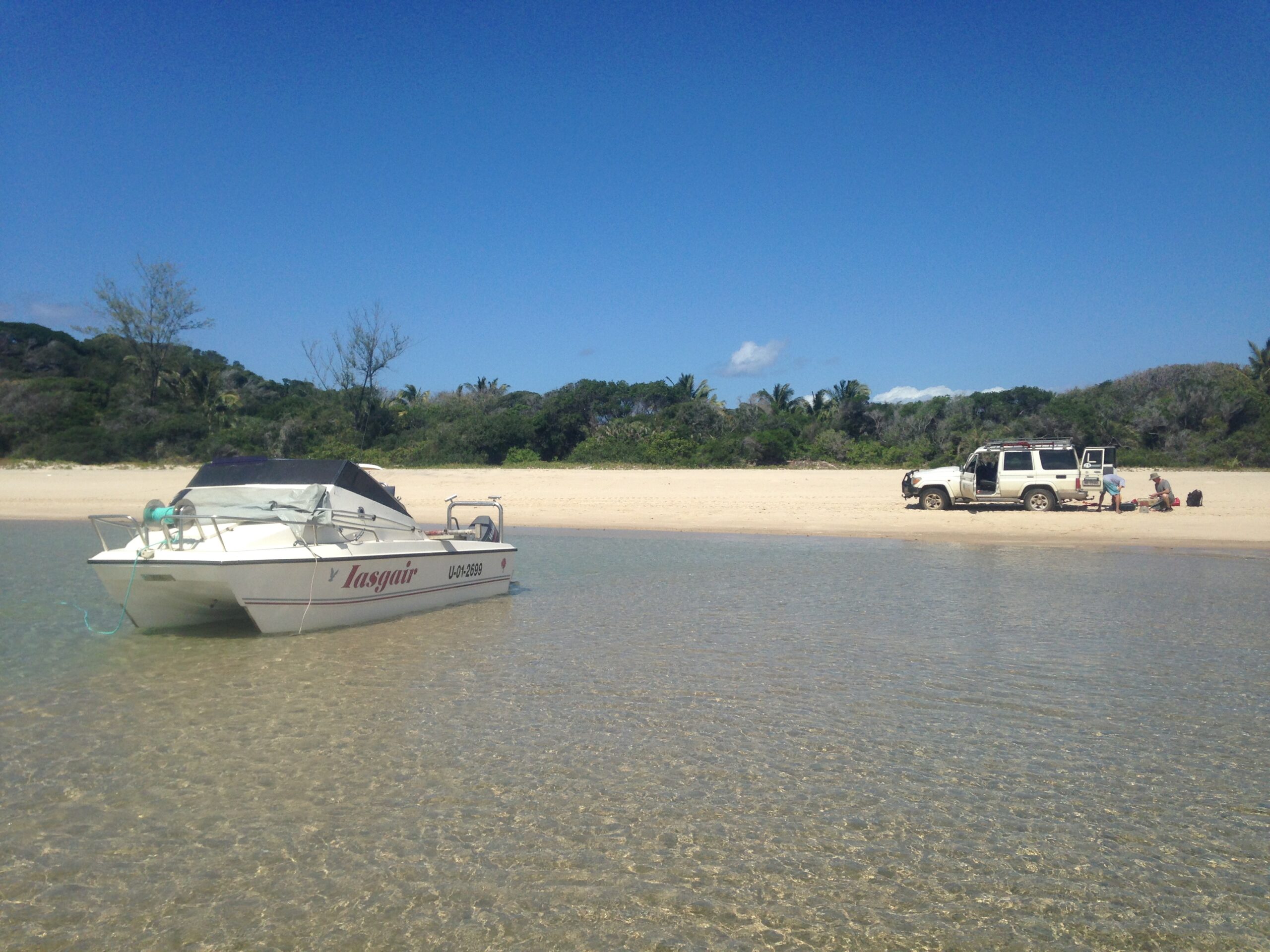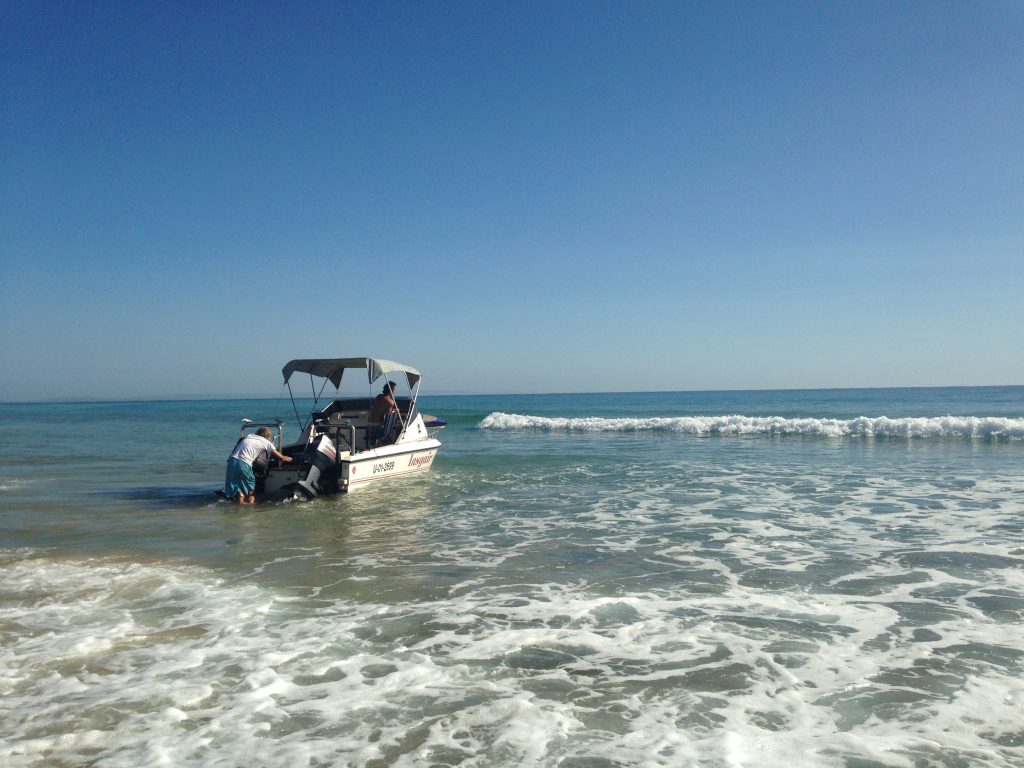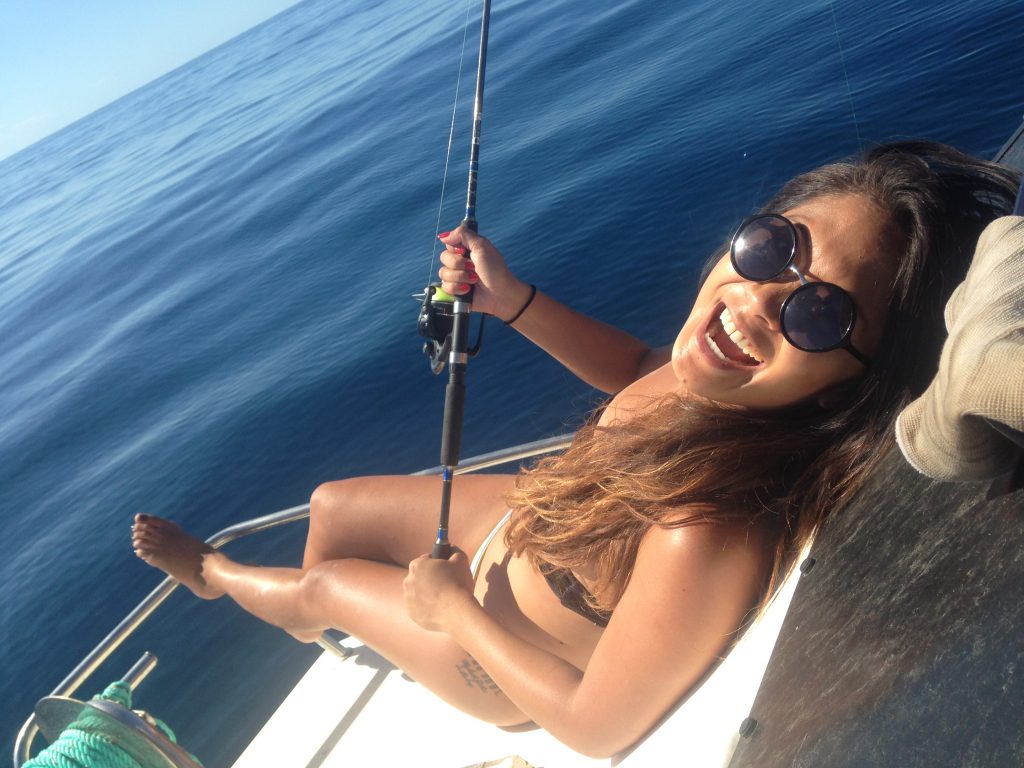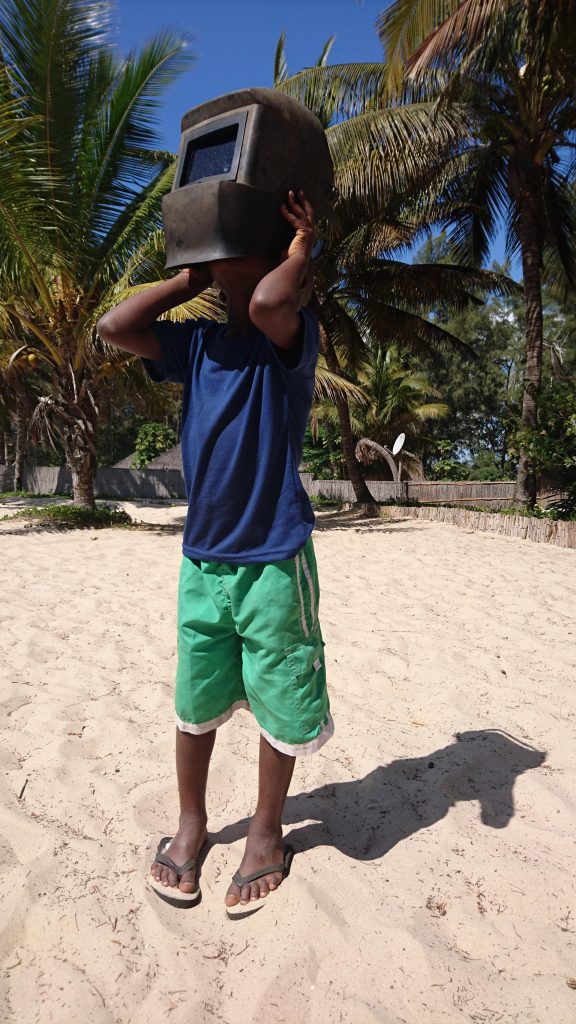
Fishing Barra
Fishing Barra is a lot of fun with all sorts of underwater topography going on.
A half century ago, Barra would have been an unbelievable spectacle. Dugongs and dolphins would have vied to top spot in a myriad of natural marine wonders. Shoals of fish and squid. Predators everywhere. Huge and varied turtles. Chaos at every turn of the tide.
I did see a remnant appearance of such a melee. Fishing with Dave Charley and a few charters aboard The Nymph about 7 or 8 years ago, we headed on over towards Linga Linga to the north of the estuary. And the sea in front of us just exploded. Whitewater everywhere. And huge gamefish, normally only encountered out deep, all around us. Everybody was fighting fish. Dave got a beautiful 9kg Queen Mackerel, and the two charters were busy for ages when they each lost their fish.
Every lure that hit the water was hit and the frenzy lasted a good 20 minutes.
On another occasion, battling a buster south west wind, we nearly rode over a striped marlin – right up in the estuary in the main channel to Whitesands. It opens up into a wide basin which is fished extenbsively by locals when the ocean is too heavy. The mouth area used to be a staging ground for endless dogfights between playful dolphin and panicking Queen Mackerel. I also got Cobia, or Prodigal Son, right into the launch area.
Back to Linga Linga, a 20 minute ride across through the channels, and over a few special sandbars. Special sandbars because this is mainly where the action goes down. Either side of and around these sand structures. It gets 16 metres deep a short way north in the main shipping channel, and so is an ideal ambush spot for baitfish getting sucked out with the massive outgoing tide.
At the Linga Linga point, as the tide starts to come in again, couta can be seen jumping and attacking up and down the beach. Casting to them works, but mainly, with the tide, launch the dozen or so Makolo’s, who fish handline. They catch a livebait with tiny hooks no bait, and wire them up with a few trebles. Very skilfully each boat gets one or two, and then as quick as it started, it stops. Short windows of opportunity.
The old whaler wreck, scuttled in war time, going inland toward Morrumbuene holds a great deal of fish, including rock salmon, of all sizes. The guys at Costelo do Mar have done a great job in reinforcing the sand point with two ribs, or reefs really, that drop down from their beginnings in front of the lodge, to the bottom, a good 12 metres down. This has stopped the netters from being able to drag past without snagging, and so a respite has been gained for the fish. Fry of all sorts including grouper, can be spotted swimming in and out of the bollards made by man. So, the king mackerel herd baitfish up the steep dropoff between and either sides of the reef, and ambush them in the shallows. 1 metre of water! Mind blowing nature going off all around you. We anchor a few metres out, exactly on the drop off, and fish from there. Further up and around the corner leads to healthy mangrove hideouts where rock salmon and flagtail like to seek refuge from the endless nets.
We had to do a rescue one evening at Barra. Some clown had run his tanks dry during a charter, and had stupidly left his clients and boat, anchored on a sand island somewhere, and swam home?! Whilst searching for this idiot, we were equipped with powerful torches – the kind you use for game drives at night. What we saw, and this was only about 5 years ago, will never stop haunting me. Literally thousands of gamefish hunting and cruising the shallows and the channels. Our light spooking them as we searched. For hours. We eventually found the boat and crew, only after they fired a flare! When we checked for fuel, this hapless skipper had neglected to change tanks. He still had gas!?
Out to sea.
Close by is pretty flat and sandy, with only but few structured areas to fish. Hardly any reef. Although the mouth(s) are a natural attraction and so much bait swims around in these shallows, many of our fish come from this area. A marlin in 8 metres, a sailfish in 5. Tuna and king mackerel sometimes shoal with queen mackerel, when the stars all line up. It’s a great light tackle area, with no sharks left, to rob you of your long fighting fish. There is also a long sand ridge in 12 metres that can be fun. On a clear day you can see the bottom. There is always a nice current you can use to set your drifts up with.
Further out however, and things get different. Best bring out the big guns. There are many connected reefs that extend along the similair ridges featuring from the land and on into the sea (Barra, Tofo, Tofinho, Da Rocha) Even without a GPS or finder, you can line these reefs up pretty easily.
We like to go south across the deep dropoff way out Barra Lighthouse way, drop a few jigs and baits with the current, and chase birds for live bait. A decent livebait out here always goes away, and again, the sharks have been one percented and are very rare. GT’s are a main attraction and readily devour a bait meant for marlin. Our best was 65kg’s by measurement, we let all GT’s go. Marlin are plentiful, and very few livebaits make it out in one piece. Be careful of the grander, she swims right past here on here to and from Bazaruto! Our best so far was a hat trick of billfish, a black, a stripe and sailfish – funnily enough all taken on light tackle, fishing the “desert” area rather close to Barra.
Drifting south along the connected reefs gets you to the main dive reef, which is a great time to rather search the inside reefs towards the middle of the Tofo bay. These are great for couta and tuna – local rowboat fishers are all over these reefs. Into the current, they chuck out a bait for king mackerel (sierra), and sleep until they go vas! What a life! All sorts of gamefish come and go throughout the day here, from Tofo down to Praia da Rocha.
North from Barra, 20 odd kilometres, and you will find a featureful undersea mountain, affectionately known as “Far Reef”. It should hold a lot more fish and action, but that is the story world over. But it does work every time usually, and they even have a few sharks hiding out there – it’s a bit far for the local rowboats. But. A few have engines nowadays, and two or three are plying Far Reef daily. It’s amazing how much effect these small fishing operations can have. They are so consistent though. Every day.
The shallows north of Linga Linga, starting at EN1, a handy little reef quite close in, can be great for queen mackerel and kingfish. Kingfish of all types. Spinning tackle paradise – when it’s on.
The best times to fish Barra are most definitely the hotter months starting October and through April. It’s definitely not the kind of place you can expect to launch according to your own timetable, and expect a fish. No, it takes a good while to learn the dynamics of such a dynamic and pressured environment. Cause and effect to another level.
But with some careful planning, and a few days on your schedule devoted to catching the fishing at it’s best – you can go home full of photographs.
Fishing Barra: from the big game hunting out in the deep black, to the light tackle fun inshore, to spinning at all kinds of fish, fly fishing and all round fishing Barra can produce it all.
We have boats and accommodation, all kinds and all over Inhambane – and can handle groups, families, even honeymooners! Island trips, ocean safaris, scuba…we can arrange it for you, and work it all in with the very localised weather systems, to make the most of each trip.



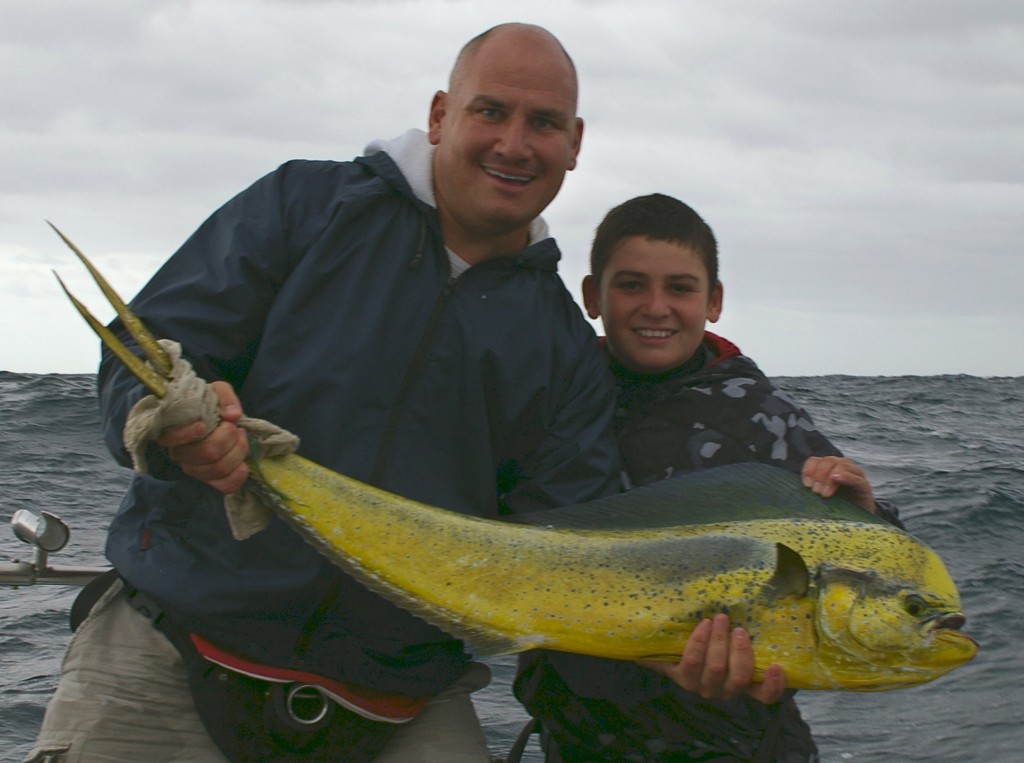


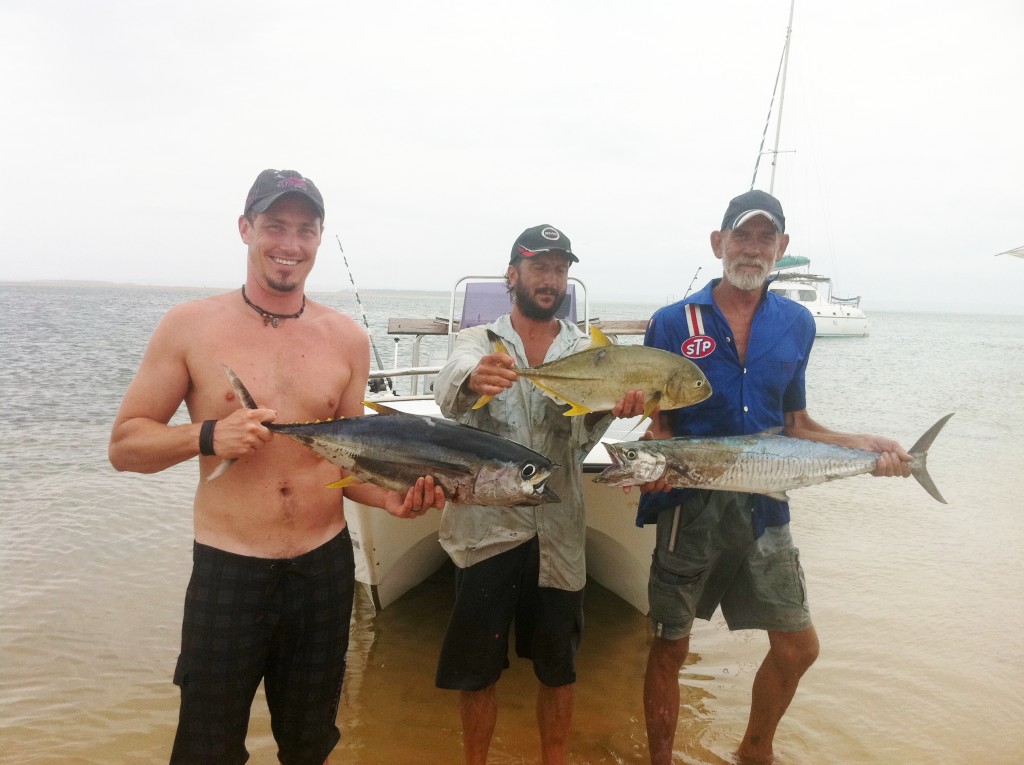
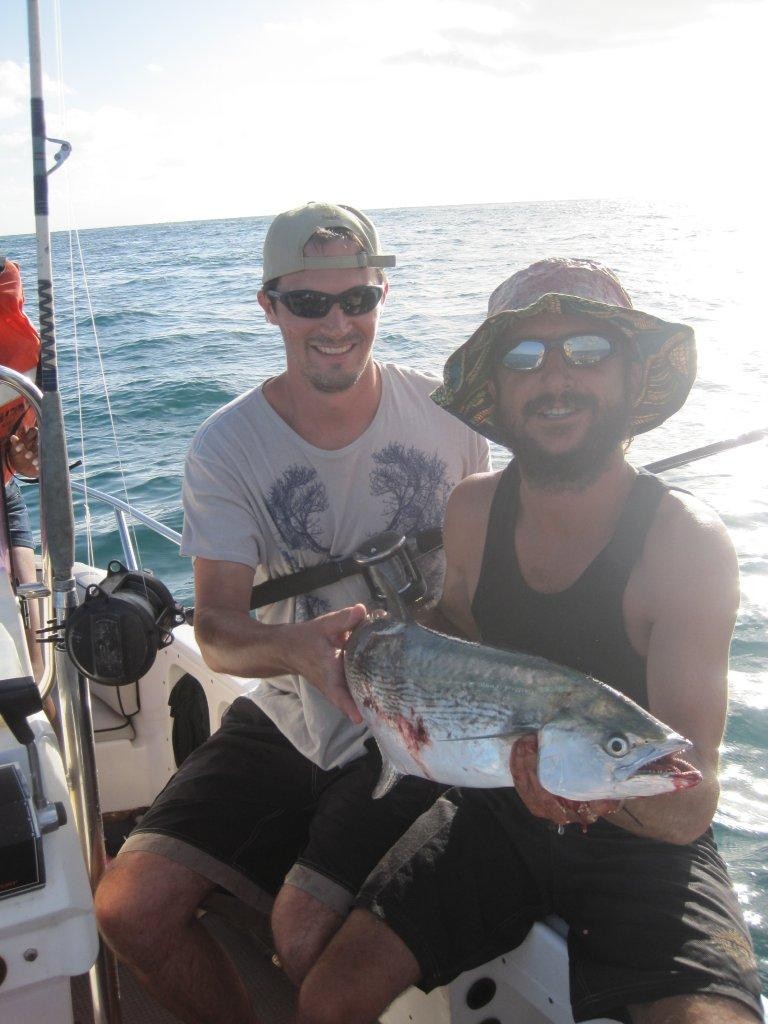



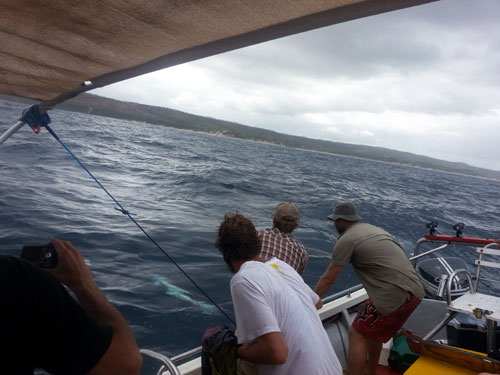
Join us on Facebook at http://facebook.com/thesardine.co.za/



